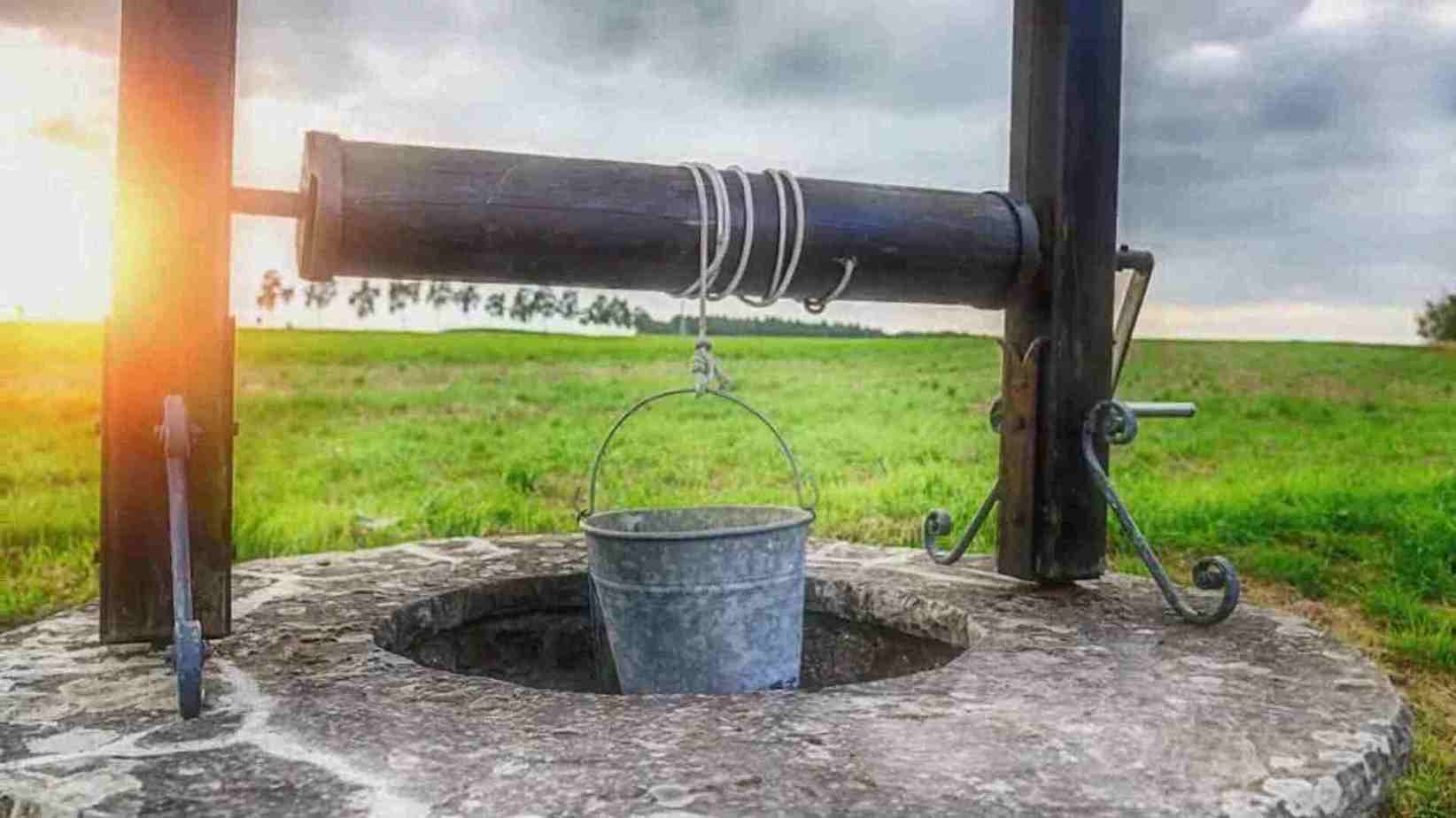
Over 43 million people in the United States have a private well as their water source. Well, water can be great or it can be awful. Sometimes there’s no way to know without testing it. Well, water can taste good and yet contain dangerous contaminants. Purchasing a well water test kit is the only way to know what’s in the water.
One such contaminant is arsenic. You can’t taste it yet it can be deadly. Low levels of arsenic may produce minor symptoms, including brown patches on the skin and loss of mental sharpness. Higher levels may cause abnormal heart rhythm or neuropathy, tingling of fingers and toes.
If arsenic were discovered in your well you can use either a customized reverse osmosis system with a well water filter prior to the membrane or there are whole-house systems to remove arsenic.
Another silent killer that can be present in well water is radon. Radon gas has been referred to by some medical professionals as one of the most deadly toxins on the planet. Because radon is an odorless gas you inhale it while washing the dishes or preparing a meal. Or you can inhale it in your bath or shower.
Radon decays once in your lungs. Accidentally inhaling radon over long periods of time is the second leading cause of lung cancer, after cigarette smoking.
If radon is present in your well there are two ways to remove it. One is by using an aeration system that releases the gas into the air before it enters your home. The other method is a whole house carbon filter. The carbon will absorb the radon, reducing it. Neither system will necessarily remove 100%.
Another contaminant that has no taste is fluoride. Many people think that fluoride is only present in city water. But fluoride is naturally occurring in some areas. Where I live in southern Colorado it is common for wells to contain high levels of fluoride. While cities cautiously add .7 – 1.2 parts per million (ppm) of fluoride to allegedly help prevent cavities in teeth, some well may contain 4 – 9 ppm of fluoride. This much fluoride can cause serious bone loss if you drink it over time. Fluoride at lower levels than this can also cause mottling of the teeth.
Lead is another common issue with well water. The lead may be naturally present in the water or it may be the result of low pH. When well water is slightly acidic, a pH below 7.4, lead can be leached from pipes and fixtures in the home. Older homes with metal pipes contain solder that contains lead. Or lead may be naturally present in the water.
An effective way to eliminate lead from drinking water is the proprietary technology known as KDF™. This unique combination of copper and zinc granules creates an electrical charge within a water filter that removes the lead. Another option for removing lead is the common reverse osmosis system.
If your water is acidic it can also leach copper and zinc from pipes. If you were to witness green staining in your sink or bathtub this is the telltale sign of copper leaching. It’s oxidized copper, just like the roof of a church or cathedral.
Low pH is corrected by using a whole house acid neutralizer. An acid neutralizer employs calcite, aka calcium carbonate. The acid water slowly dissolves the calcite and the pH of the water increases. This eliminates the problem of leaching of pipes and fixtures.
Nitrate is another harmful contaminant found in well water generally, but not always, in farming areas. Nitrate comes from fertilizer applied to farm fields. It may also come from animal urine when horses and cattle are present. Another source of nitrate may be your own septic system. The presence of nitrates may well suggest that there are also pesticides in your well water.
I learned of one community in Utah that was forced by the County to convert from septic systems to sewers. Of course, they were in an uproar about the expense. But when they converted to sewers their wells dried up. What does this mean? It means they had all been drinking their own wastewater. Think about that for a minute. Of course in this situation, anyone taking prescription drugs in that community would also have been contaminating the septic water. Their neighbors would have been drinking the pharmaceuticals excreted along with urine.
USEPA allows up to 10 ppm of nitrate in drinking water. However, nitrates of 5 ppm have been associated with bladder cancer in post-menopausal women. So you really don’t want to rely on the standards set by USEPA if you’d like to maintain your health. USEPA employs scientists whose job it is to study the effects of various contaminants and set limits for these. However, the agency is unable to impose strict limits that would provide healthy water due to cost constraints. When EPA sets a new limit for a dangerous contaminant every water provider in the country must meet that limit. This raises the cost of water for consumers.
One of the most common contaminants tested for when homes with wells are sold is two kinds of bacteria. These are coliform and e Coli. Both types of bacteria indicate that activity on the surface of the ground is affecting your well. Coliform may be due to tree roots, or something else. E Coli is a fecal bacteria, generally due to animal feces and extremely dangerous.
As I hope you can see there are a variety of issues that can be present in a well. This does not mean there are problems. Well, water can be great. Generally what’s going on inside your well is a reflection of the land around you. Neighbors maintaining green lawns can lead to pesticides and nitrates in your well. Whereas natural landscapes would avoid these issues. Mountain areas are generally rich in metals. Flat rich soils good for farming have their own set of problems. My advice is to test your well as a precaution.
May you live long and stay healthy.
Author: James P McMahon is an ecologist and writer who resides in Durango, Colorado




